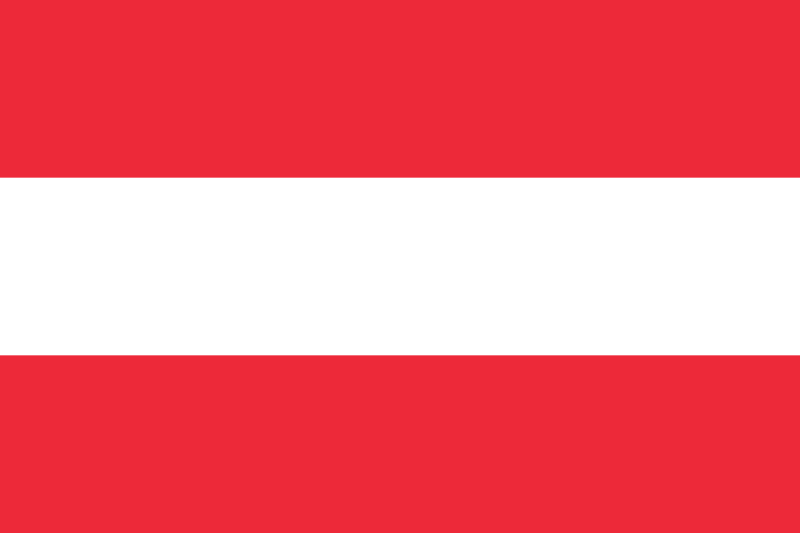

Austria: European Buildings Directive Demands Better Interaction of Building Technologies
The coming years will see a sharp increase in the market uptake of highly energy-efficient buildings across Europe: According to the European Energy Performance of Buildings Directive (EPBD, 2010/31/EU), all new buildings must be Nearly-Zero Energy Buildings by 2020 – public buildings already by 2018. The European Nearly Zero Energy Buildings Conference, which took place in Wels, Austria, from 27 to 28 February 2014, was dedicated to buildings that fulfil these high efficiency standards and are supplied by renewable energy sources. It was part of the World Sustainable Energy Days (WSED), one of Europe’s largest annual conferences in the field of sustainable energy. The Wels conference had more than 750 participants from 59 countries this year.
Photo: WSED
Nearly Zero-Energy Buildings (NZEBs) offer very high energy efficiency either by having very good insulation or by covering a significant portion of their energy demand through renewable energy sources. To increase the number of NZEBs, Member States must draw up national plans, which are to include, among other things, the definition of an NZEB, as well as national, regional or local conditions. They also have to present a numerical indicator of primary energy use, expressed in kWh/m² per year. In a report from June 2013, the Commission stated that the Member States had made too little progress with their preparations towards NZEBs by 2020.
Because of the policy issues, the European Nearly Zero Energy Buildings Conference was included in the conference programme of this year’s WSED. The conference offered three sessions highlighting energy-efficient buildings supplied by renewable energy: NZEB Policies & Market Overview, NZEB Market Transition – How to make it happen? and NZEB Strategies and Technologies. Key speakers were NZEB experts from the European Commission, the European Parliament, the European Investment Bank, the Buildings Performance Institute Europe (BPIE) and the European Committee for Standardization (CEN). A working group chaired by Fiona Hall, Member of the European Parliament, led to an intense discussion on the key factors for successful NZEB policies.
NZEB market in Upper Austria
Gerhard Dell, Energy Commissioner Upper Austria and Director of the Energy Agency of Upper Austria (OÖ Energiesparverband), presented four energy performance indicators for NZEBs.
- HWB (heat demand): related to a building’s insulation levels or thermal quality
- PEB (primary energy demand)
- CO2 (CO2 emissions)
- fGEE (total energy performance factor), which describes energy performance and costs
During his presentation, Dell explained why Austria chose four different indicators: “Looking at the overall efficiency of buildings is a complex task and different needs need to be satisfied.” According to him, there were many possible combinations of energy-efficient design and renewable use to achieve the targets for the fGEE set in the Austrian Energy Action Plan. The total energy performance factor was said to decrease from 0.9 to 0.75 between 2014 and 2020. “The method of separating insulation and heating systems has come to an end,” Dell said.
According to the director, implementing the European Buildings Directive would bring about several changes in the energy efficiency sector. Depending on which heating systems was chosen, one would have to expect decreasing heat demand per m² and greater requirements for a heating system’s overall efficiency (including distribution systems), with the latter also requiring a better interaction of building technologies. Complexity would increase significantly and primary energy (as well as CO2) would slowly become a decision-making reality on the building owner level.
Cost-optimal calculation for NZEBs
Dr Bogdan Atanasiu, Senior Expert at the BPIE in Brussels, presented the findings of the institute’s latest study (see the attached file), which offers practical examples of cost-optimal calculations for NZEBs in EU countries. “Both EPBD requirements on cost-optimality and nearly zero-energy buildings have to be transposed by the EU Member States,” Atanasiu explained, “the first based on a common EU comparative methodology and the second to be defined by a national approach at the level of each country.” Atanasiu’s aim had been to explore the potential usefulness of cost-optimal calculation in preparing the introduction of NZEBs. Another goal of the study had been to identify the main challenges of creating an effective cost-optimal calculation which can facilitate the development of building regulations for the ambitious NZEB levels and be in line with long-term climate targets.
“Despite the general framework and guidelines provided by the European Commission, a very large degree of flexibility has been given to the Member States regarding the selection of input data and the necessary assumptions for the cost-optimal calculation,” Atanasiu said. “Therefore, the BPIE study aims to provide additional guidance by delivering calculation examples for new residential buildings in Austria, Germany and Poland.” According to Atanasiu, cost-optimality methodology had caused a paradigm shift in building assessment methods: from considering only the investment costs to assessing the lifetime costs of a building. “Cost-optimal methodology may be used as an opportunity to timely evaluate and facilitate the upcoming introduction of NZEBs in the EU, as well as to increase consistency between building policies and long-term climate goals,” Atanasiu explained. “However, all these potential benefits may be endangered by a poor implementation of cost-optimality among the Member States.” To avoid such a situation, it would need more guidance, a better exchange of best practices between member state representatives and experts, as well as awareness-raising among stakeholders and citizens regarding the benefits of ambitious building policies and regulations.
More information:
Conference page: http://www.wsed.at/en/world-sustainable-energy-days
Energy Agency of Upper Austria (OÖ Energiesparverband): http://www.esv.or.at
Buildings Performance Institute Europe: http://www.bpie.eu